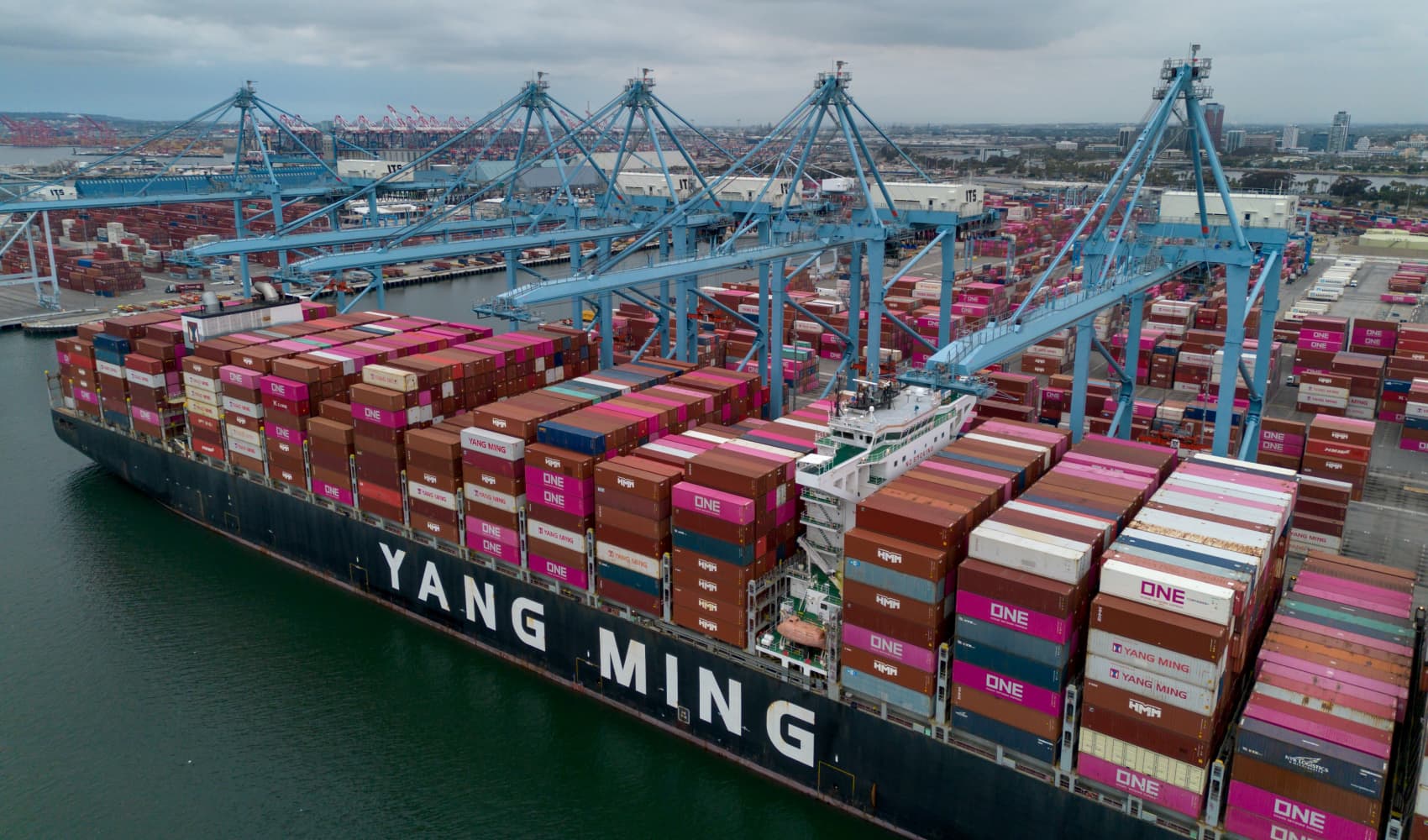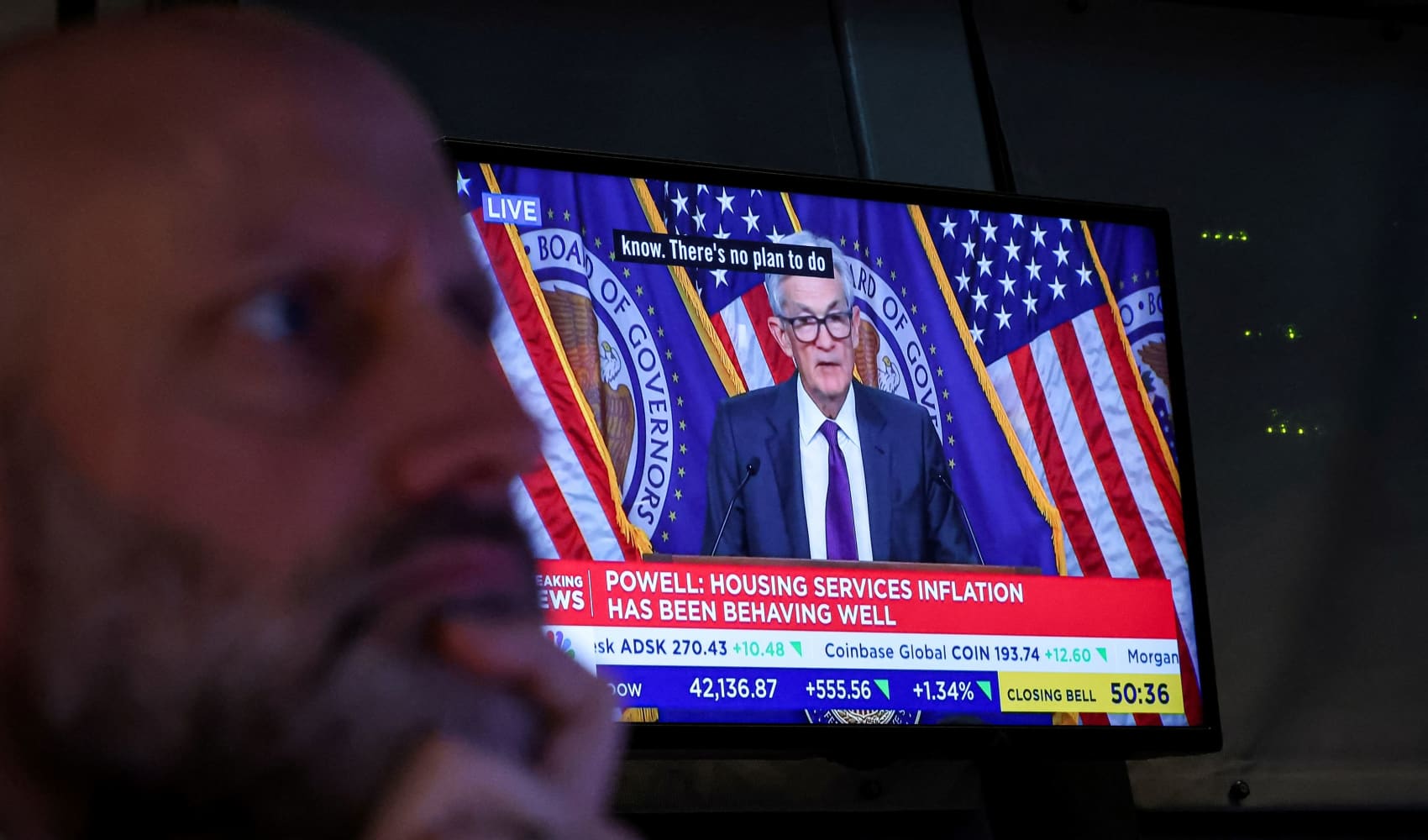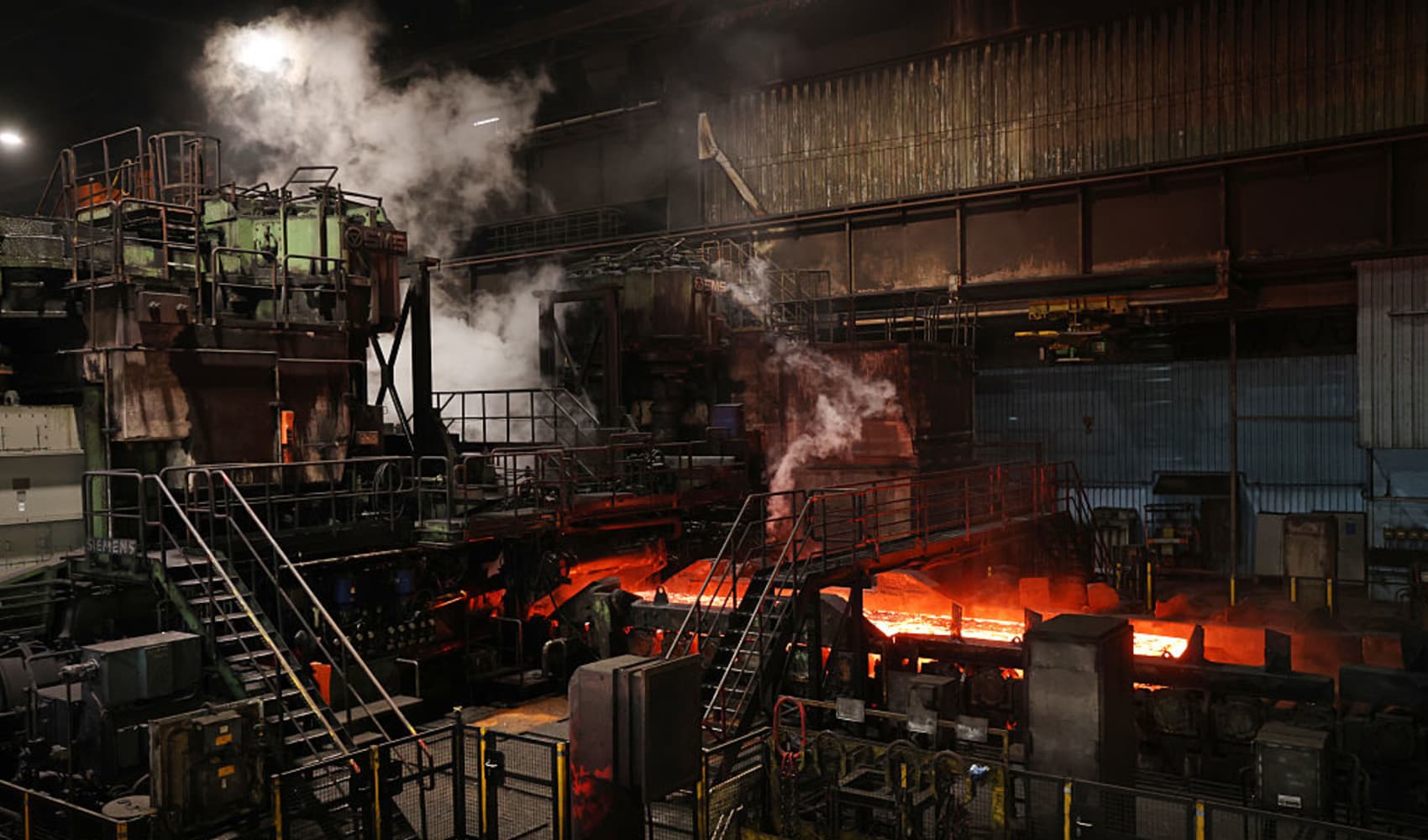European Markets Rise Despite US Economic Contraction Shock
European Markets Defy Gravity: Rally After US Economic Shock
Introduction: A Tale of Two Economies
Ever felt like you're watching a seesaw battle where one side just can't seem to get its act together? That's kind of what happened in the markets recently. While the U.S. economy surprised everyone with a contraction, European stocks, against all odds, managed to shrug it off and close higher. How did they pull that off? Let's dive in and dissect this interesting market phenomenon, and maybe even find some hidden opportunities.
European Stocks Weather the Storm
European stocks ended Wednesday on a high note, defying expectations after the U.S. reported weaker-than-anticipated economic data. The pan-European Stoxx 600 index climbed 0.46%, marking its seventh consecutive day of gains. Can you believe it? It's like watching a marathon runner getting a second wind right before the finish line.
Stoxx 600: The Unstoppable Force?
The Stoxx 600's performance is a clear indicator that European markets aren't necessarily tethered to the U.S. economy. This resilience suggests that there are other factors at play, such as strong earnings reports from key European companies and investor confidence in the region's recovery.
Earnings Season: A Mixed Bag
Earnings season is like opening a box of chocolates; you never quite know what you're going to get. Some European giants delivered stellar results, while others faced significant headwinds. Let's take a closer look at some of the highlights.
UBS: A Swiss Success Story
Swiss banking behemoth UBS delivered a pleasant surprise, exceeding expectations with a $1.69 billion profit. This strong performance signals that UBS is successfully navigating the current economic landscape.
Barclays: Balancing Act
Barclays also beat profit and revenue estimates, but the CEO cautioned about an impending economic slowdown. It's like hearing good news tempered with a dose of reality. Barclays' performance shows resilience, but the warning suggests potential challenges ahead.
Volkswagen: Profit Plunge
On the other hand, Volkswagen reported a 37% drop in first-quarter profit. Ouch! This is a reminder that not all companies are created equal, and some sectors are facing more challenges than others. What does this tell us? Not everything is sunshine and rainbows.
Stellantis: Uncertainty Ahead
Adding to the uncertainty, Stellantis suspended its full-year guidance due to potential disruptions from Trump tariffs. It's like a dark cloud hanging over the automotive industry. This move highlights the impact of geopolitical factors on corporate performance.
TotalEnergies: Feeling the Crude Pinch
TotalEnergies also experienced a downturn, reporting an 18% drop in first-quarter profit due to weaker crude prices. This shows how closely energy companies are tied to commodity markets. A drop in oil prices can send ripples through the entire sector.
U.S. Economic Contraction: A Wake-Up Call?
The U.S. economy's contraction served as a reminder that even the world's largest economy isn't immune to economic headwinds. But, what exactly triggered this downturn?
Factors Contributing to the Contraction
Several factors contributed to the U.S. economic contraction, including inflation, rising interest rates, and supply chain disruptions. These challenges are impacting businesses and consumers alike, leading to a slowdown in economic activity.
Market Reaction: A Case of Cognitive Dissonance?
Why did European markets rally in the face of bad news from the U.S.? It's like watching someone smile while getting bad news. It might seem contradictory, but there are several possible explanations.
Divergence in Economic Fortunes
One explanation is that European economies are experiencing a different set of circumstances than the U.S. While the U.S. is grappling with high inflation, Europe may be benefiting from a weaker euro and increased exports.
Investor Sentiment: Looking Beyond the Headlines
Another factor could be investor sentiment. Investors may be looking beyond the immediate headlines and focusing on long-term growth potential in Europe. They may also be betting that central banks will take action to support the economy if necessary.
Opportunities and Risks
So, what does all this mean for investors? Are there opportunities to be had, or should we brace for further volatility?
Identifying Potential Winners
Despite the uncertainty, there are always opportunities to find potential winners. Companies with strong balance sheets, solid earnings growth, and exposure to growing markets are likely to outperform.
Navigating the Risks
Of course, there are also risks to consider. Inflation, rising interest rates, and geopolitical tensions could all weigh on market performance. Investors should carefully assess their risk tolerance and diversify their portfolios accordingly.
The Bottom Line: Stay Informed and Stay Agile
The current market environment is complex and unpredictable. But by staying informed, staying agile, and focusing on long-term fundamentals, investors can navigate the challenges and potentially capitalize on the opportunities. Remember, investing is a marathon, not a sprint.
Conclusion: A Resilient Europe in Uncertain Times
In conclusion, European markets showed surprising resilience by closing higher despite a contracting U.S. economy. Strong earnings from companies like UBS and Barclays contributed to the positive sentiment, while concerns about Volkswagen's profit drop and Stellantis's guidance suspension highlight ongoing challenges. The divergence between the U.S. and European economies, along with investor sentiment focused on long-term growth, played a key role in this unusual market behavior. As we move forward, staying informed and adaptable will be crucial for navigating the complexities of the global economy.
Frequently Asked Questions
- Why did European markets rise despite the U.S. economic contraction?
European markets might be experiencing different economic conditions and benefiting from factors like a weaker euro and increased exports. Also, investors may be focusing on long-term growth potential in Europe.
- What were the main highlights of the recent earnings season in Europe?
UBS and Barclays beat expectations, while Volkswagen and TotalEnergies reported profit declines. Stellantis suspended full-year guidance due to potential Trump tariffs, indicating a mixed bag of results.
- What risks should investors be aware of in the current market environment?
Key risks include inflation, rising interest rates, geopolitical tensions, and potential economic slowdowns. Diversification and careful risk assessment are crucial.
- How can investors identify potential winners in the European markets?
Look for companies with strong balance sheets, consistent earnings growth, exposure to growing markets, and innovative business models.
- What is the Stoxx 600 index, and why is it important?
The Stoxx 600 is a broad index representing 600 of the largest companies across 17 European countries. Its performance reflects the overall health and sentiment of the European stock market.







